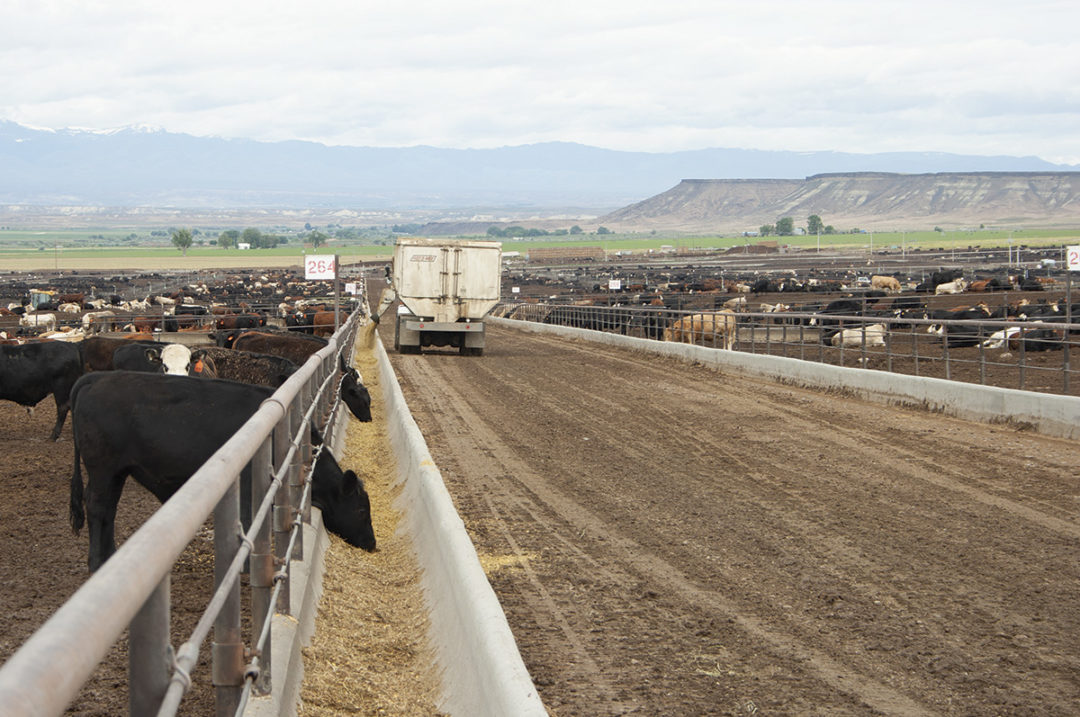The February Feed Outlook report showed the 2023-24 global coarse grain production is reduced. Supply is slightly lower at 442.6 million metric tons. However, reductions in total U.S. coarse grain use outweigh supply losses, lifting ending stocks.
Foreign corn production is lower this month. A reduction for Brazil reflects lower expectations for the second-crop planting, and Brazil’s exports are reduced. Ukraine has success with a new export route, and Argentina has competitive corn prices. Projected U.S. corn exports for 2023-24 are at 2.1 billion bushels, remaining unchanged from the past few months.
Although U.S. corn supplies for 2023-24 are unchanged this month, domestic use is projected 10 million bushels lower. This reduction can be attributed to lower food, seed and industrial (FSI) corn use. This brings the 2023-24 corn FSI forecast down to 6.78 billion bushels. Because there are no other changes to U.S. corn use, ending stocks are raised to 2.17 billion bushels. The season-average price received by corn farmers is unchanged at $4.80 per bushel.
Lower grain-consuming animal units
Cattle on feed is at an all-time low, so it is no surprise that the 2023-24 grain-consuming animal units (GCAU) forecast is lowered 0.37 units this month to 100.4 units based on reduced livestock inventories. Although the 2023-24 GCAU estimate is lower than last month, it is still higher than the 2022-23 GCAU estimate of 99.7.
According to the USDA National Agricultural Statistics Service biannual Cattle report, all cattle and calves in the U.S. totaled 87.2 million head as of Jan. 1, 2024. This is 2% below the previous year. All cattle on feed inventories for all feedlots totaled 14.4 million head, a 2% increase over the January 2023 estimate but below prior expectations. Combined with a reduction in other beef cattle inventories, reduced total beef cattle inventories greatly impact GCAU.
Additionally, a lower dairy heifer number more than offsets a slight increase in dairy cows, further reducing GCAUs. And a large reduction in the poultry/broiler sector accounts for the largest portion of the decrease in this month’s GCAU estimate.
The U.S. coarse grain production is unchanged. For the second month in a row, corn output in Brazil is projected lower. The reduction is coming from a lower projection for the area planted for corn.
Lastly, global coarse grain feed and residual use is projected 3 million tons lower this month, with a 2 million ton reduction in corn, and lower sorghum and barley feed use.
See the full USDA Feed Outlook report.








